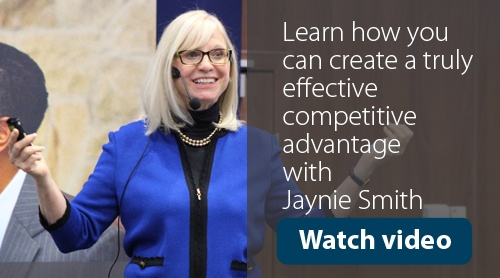
Last time we looked at some case studies on how global brands use Predatory Marketing. This time it’s your turn. In this final article of the Predatory Marketing series we give you the 5-step process for evaluating your market and creating a Predatory Marketing campaign.
Let’s start with a quick recap. Predatory Marketing says to strike at the weaknesses that arise out of your competitors' greatest strengths; you're no longer competing on parity messages or differentiators that don't have a lot of value in them. It also makes responding a great challenge for your competitors.
We use Predatory Marketing to cut through the marketing noise and take back market share.
It’s not big budgets, it’s just smarter ways to win.
1. Get your message absolutely right and absolutely clear
The very first step is make sure you're very clear on your message - the feature, the benefit and the implication relative to your competitor. How well do you perform against them? How important are they to your customers?
Most marketers get stuck talking about benefits, like “experienced staff” or “great service”. The issue is that most businesses claim the same thing. What they lack is the “reason to believe”. So work out why you have great service and talk about that instead.
For example, instead of great service, try: “We only hire support personnel with qualifications in electronics” or “Our Grown-Up Guarantee says you’ll only ever speak with a Senior Manager, not the work experience kid”.
2. Find out who’s got your money
Competitors are beyond just your category. Your competitors are whoever is getting the money that could be spent on you. It could be a specific company, a category of competitors or a behaviour. Sometimes the biggest competitor is apathy – customers just don’t take action.
Then ask, does that competitor have enough customers for you to grow? Obviously, if you've got an 80% share of your market and you try and steal from a competitive category that has a 1% share, you can only grow by 1%. You want to make sure that the slice of the pie you're going after is big enough and juicy enough to grow your business.
3. What is their greatest strength?
Try to see things from a customer’s perspective. What is the competitor really known for? Nike’s greatest strength is their pool of sponsored athletes. McDonalds is their consistency. Apple is their innovation. Just pick one to strike at.
Let’s run the example with McDonalds, from the perspective of Burger King.
4. What is the weakness that comes from that strength?
Don’t ask what are their weaknesses - focus is on the weakness that comes from their greatest strength.
If McDonald’s greatest strength is consistency, the weakness that comes out of that is that it can be a little bit boring. The market segment that eats the most fast food happens to be 16 to 24 year olds, by an overwhelming majority. Self-expression is of prime importance to this audience.
They love being different, so changing their positioning from consistency to the fact that it's all the same can be a very compelling switching message.
5. What are your relative advantages?
Burger King made a conscious decision to be great at variety - they’ve gotten very, very good at taking out the tomato, putting in extra sauce, and changing the pickle. The idea and the positioning that took them from absolutely nowhere to the overwhelming global number two was "Have It Your Way." In fact, they’ve used it since 1974.
You can go in and have your Whopper with extra sauce, with a pickle or without a pickle, whichever way you want it. Of course, that positioning which comes from a functional process change in the business is very, very significant when you're talking to these 16 to 24 year old males who just want to be individuals.
Now recently, McDonalds has changed their processes to get very good at custom orders too. Business is a competitive game, so the change is welcome. But what’s interesting is that Burger King have been using Have It Your Way since 1974 – it took 40 years for McDonalds to find a way to strike back.
So that’s Predatory Marketing. Strike at the weaknesses that arise out of your competitor’s greatest strength? This achieves the greatest impact and makes response more difficult.
More from Vistage:


